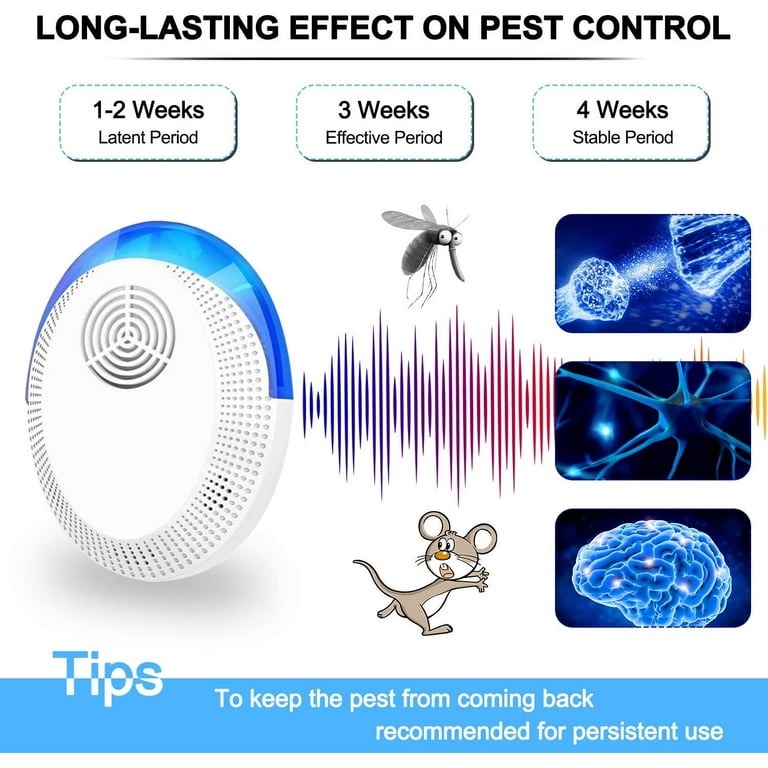The Of Eco Bed Bug Exterminators Dc
The Of Eco Bed Bug Exterminators Dc
Blog Article
Little Known Questions About Eco Bed Bug Exterminators Dc.
Table of ContentsA Biased View of Eco Bed Bug Exterminators Dc3 Easy Facts About Eco Bed Bug Exterminators Dc ShownThe Best Strategy To Use For Eco Bed Bug Exterminators DcGet This Report on Eco Bed Bug Exterminators DcAll About Eco Bed Bug Exterminators Dc
Because chemicals are harmful, they are also possibly hazardous to human beings, pets, various other microorganisms, and the setting. Individuals that use pesticides or frequently come in call with them need to understand the loved one toxicity, prospective health and wellness results, and preventative steps to minimize exposure to the products they utilize. Risk, or risk, of making use of chemicals is the capacity for injury, or the degree of danger associated with making use of a chemical under a given set of problems.
However, applicators can decrease or almost eliminate direct exposure-- and therefore minimize hazard-- by complying with the tag instructions, making use of individual safety garments and equipment (PPE), and handling the pesticide appropriately. More than 95 percent of all chemical direct exposures come from facial exposure, mainly to the hands and forearms. By using a set of unlined, chemical-resistant gloves, this sort of direct exposure can be nearly gotten rid of.
The harmful effects that take place from a solitary direct exposure by any type of path of entry are labelled "severe impacts." The 4 paths of exposure are dermal (skin), breathing (lungs), oral (mouth), and the eyes. Acute toxicity is identified by taking a look at the facial toxicity, inhalation toxicity, and oral toxicity of guinea pig.
Eco Bed Bug Exterminators Dc for Beginners
Acute poisoning is determined as the amount or focus of a toxicant-- the a.i.-- needed to eliminate 50 percent of the animals in an examination populace. This measure is usually shared as the LD50 (deadly dose 50) or the LC50 (lethal focus 50). Additionally, the LD50 and LC50 values are based upon a single dose and are videotaped in milligrams of chemical per kilo of body weight (mg/kg) of the guinea pig or in parts per million (ppm).
The reduced the LD50 or LC50 worth of a pesticide item, the greater its toxicity to people and animals. Pesticides with a high LD50 are the least harmful to human beings if made use of according to the directions on the product label. The chronic poisoning of a chemical is determined by subjecting guinea pig to long-term direct exposure to the energetic component.
The chronic poisoning of a chemical is harder than severe toxicity to identify through lab evaluation. Products are classified on the basis of their loved one acute poisoning (their LD50 or LC50 values). Pesticides that are identified as very hazardous (Poisoning Classification I) on the basis of either dental, dermal, or breathing toxicity should have the signal words DANGER and POISON printed in red with a skull and crossbones icon prominently displayed on the front panel of the plan label.
The acute (solitary dose) oral LD50 for pesticide items in this group varies from a trace total up to 50 mg/kg. For instance, exposure of a few drops of a product taken by mouth might be fatal to a 150-pound individual. Some chemical items have just the signal word risk, which informs you nothing about the severe toxicity, simply that the item can create severe eye damages or extreme skin inflammation
Top Guidelines Of Eco Bed Bug Exterminators Dc
In this classification, the severe oral LD50 varieties from 50 to 500 mg/kg. A teaspoon to an ounce of this product can be deadly to a 150-pound individual (bed bug heat treatment). Chemical items classified as either somewhat hazardous or fairly safe (Toxicity Categories III and IV) are called for to have the signal word care on the chemical label

All pesticide toxicity worths, including the LD50, can be discovered on the item's Material Safety Information Sheet (MSDS) - bed bug spray. Pesticide tags and MSDS can be obtained from sellers or produces. In enhancement, most items additionally know that can be found on the Internet. The signs and symptoms of pesticide poisoning can range from a moderate skin irritation to coma or also fatality.
People also differ in their level of sensitivity to different levels of these chemicals. Some individuals might reveal no response to an exposure that might cause severe health problem in others (pest control Washington DC). Due to potential health and wellness problems, pesticide individuals and trainers have to acknowledge the common indicators and symptoms of pesticide poisoning. The impacts, or symptoms, of pesticide poisoning can be broadly specified as either topical or systemic.
Little Known Facts About Eco Bed Bug Exterminators Dc.
Dermatitis, or swelling of the skin, is accepted as the most commonly reported topical effect associated with chemical direct exposure. Some people tend to cough, hiss, or sneeze when revealed to chemical sprays.
This symptom usually subsides within a couple of mins after a person is removed from the direct exposure to the irritant. Nevertheless, a response to a pesticide item that causes a person not only to sneeze and cough yet likewise to develop extreme acute why not look here respiratory system signs is more probable to be a real hypersensitivity or allergy.
Systemic results are rather different from topical effects. They typically take place away from the original factor of contact as an outcome of the chemical being soaked up into and distributed throughout the body. Systemic impacts usually consist of nausea or vomiting, vomiting, fatigue, migraine, and intestinal tract problems. In advanced poisoning instances, the individual may experience modifications in heart rate, difficulty breathing, convulsions, and coma, which might result in death.
Report this page